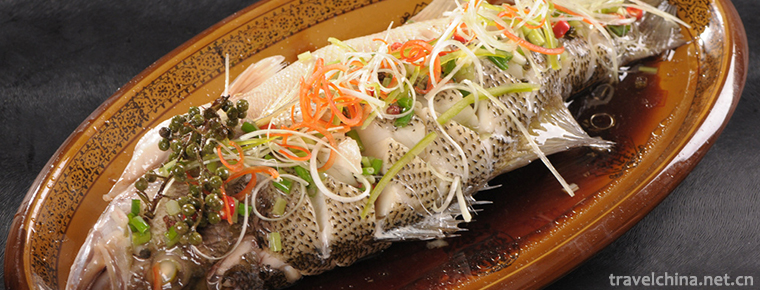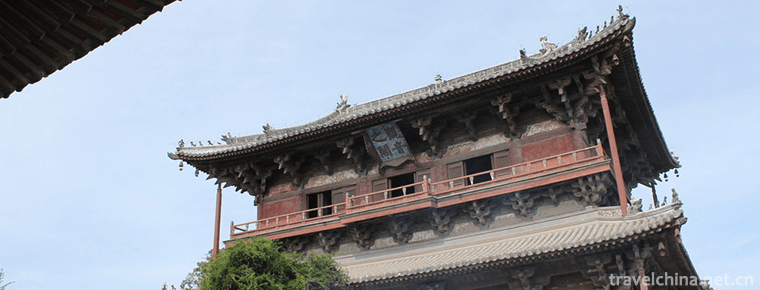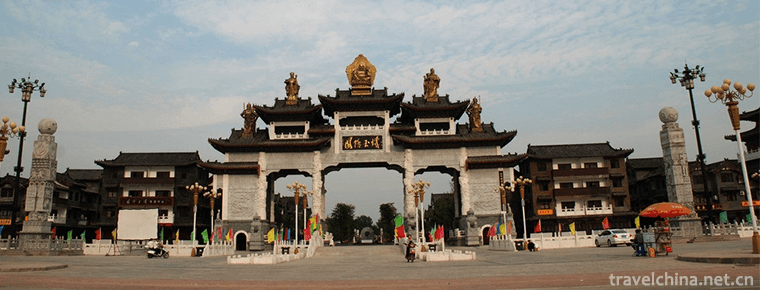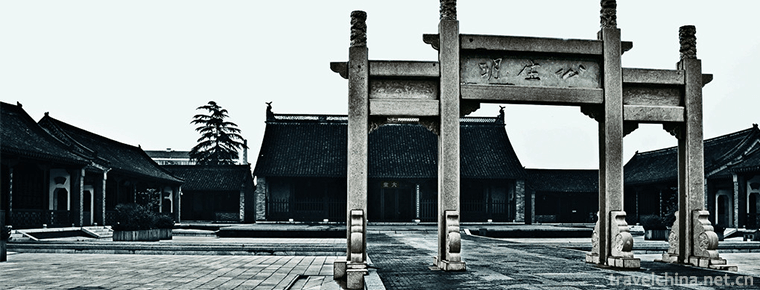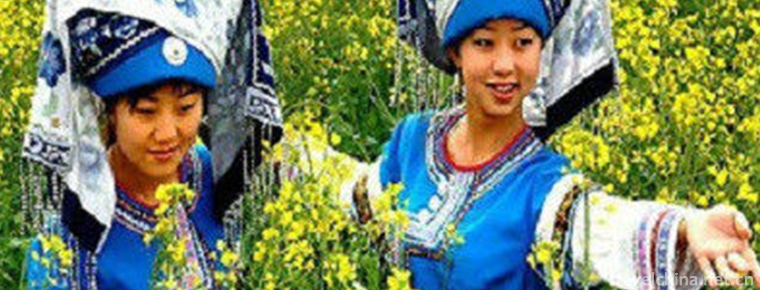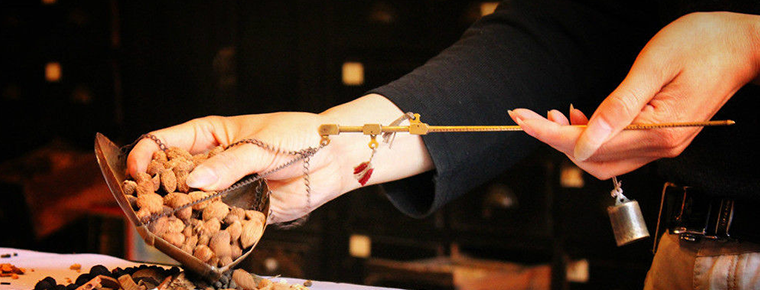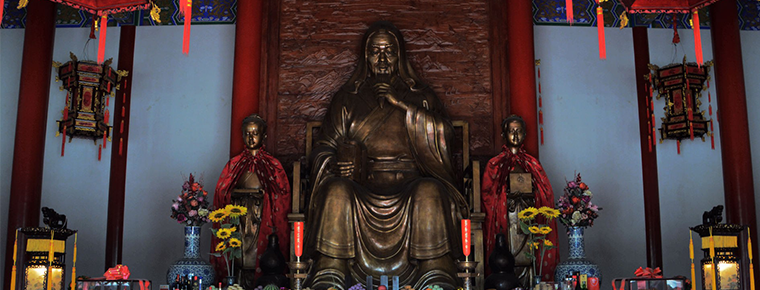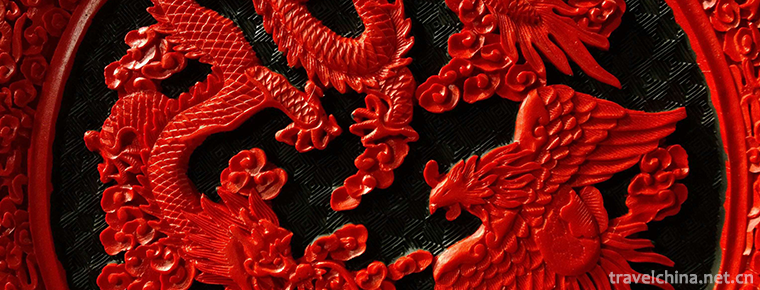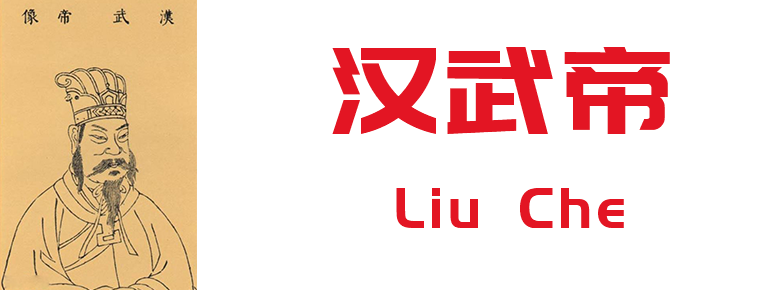Yi Folk Songs
Yi Folk Songs
Yi folk song is an important carrier of Yi culture and one of the most important forms of inheriting Yi culture. It records the history, science, production and life, traditional customs, philosophy, and other rich and colorful Yi culture.
On June 7, 2008, Yi folk songs were listed in the second batch of national intangible cultural heritage list with the approval of the State Council.
historical origin
The Yi people are distributed in Yunnan, Sichuan, Guizhou and Guangxi Zhuang Autonomous Region. The Yi language belongs to the Yi branch of the Tibetan-Burmese language family of the Sino-Tibetan language family, with six dialects. The Yi people have their own characters. They are the earliest syllabic characters in China. Among them, there are more than 1,000 commonly used ones.
There are different kinds of Yi folk songs. Generally speaking, they can be divided into narrative songs, folk songs, love songs, dance songs and nursery songs.
Narrative songs are mostly folk songs of the Yi nationality. They can be used not only for singing about creation and national history, but also for ritual activities such as offering sacrifices to dragons and mountains. Generally speaking, these folk songs have strong narrative, so the general structure is short, the range is not wide, and the melody changes are not too big.
Most folk songs of folk song type have the characteristics of free rhythm, wide range, undulating rhythm and complex structure. Among them, the most representative is the "four tunes" (seafood tune, Shaxi tune, Wushan tune and Four tunes) of the Yi people in the Honghe River, which belong to four kinds of long-structured diverticular folk songs. This kind of folk song with complex structure and long length is also rare in Chinese folk songs. In addition, the singing forms of Yi folk songs are various, including solo, duet, duet, singing with a crowd, or in the same folk song, there are several singing forms at the same time.
In Yi folk songs, there are many expressions of love, while some folk songs are dedicated to the special occasion of social intercourse between men and women. For example, the Yi people in Honghe prefecture have a traditional custom called "eating tobacco", which is a special social activity. On such occasions, couples of young men and women can sing in reply to each other as much as they like. Usually, the main form of duet singing is chorus or collective chorus after a period of duet singing. Folk songs used on such occasions are sung in a low voice with euphemistic melodies. Most of the lyrics are improvised, and there are also a set of traditional lyrics. Most of them are simple, natural and vivid.
Folk singing and dancing activities are an important part of the traditional cultural life of the Yi people. They are usually called "beating songs", "falling feet", "dancing music". They are also called "dancing Lusheng" or "three-step strings" or "miscellaneous strings" because of the different accompaniment instruments. Most of these songs and dances belong to the form of singing and dancing. Some Yi folk songs and dances often change their dances in a certain order. For a long time, they form a group dance according to a certain traditional formula. These dance songs are often singable separately from the dance. Most dance songs have clear rhythm and lively tone.
In Yi folk songs, nursery songs are very rich. In the past, when children had no conditions to go to school, these children's songs became textbooks for children to teach simple life and production knowledge. The content has a certain plot, the language is lively and interesting, and the tune is lively and concise. Singing often takes place in groups, hand in hand, shaking left and right, very naive and complacent.
artistic characteristics
There are various traditional tunes in the Yi people, such as mountain climbing tune, entrance tune, welcome tune, drinking tune, marriage tune, crying tune, etc. Men and women, old and young, will sing a few songs each. Some tunes have fixed words, others don't. They are improvised words. Folk songs are divided into male and female tones, male tones are vigorous and high, female tones are soft and delicate. Local folk songs have their own unique style, such as the famous song "Horse Run faster" and "Guests from afar Please Stay", which are extracted from the folk tunes of the Yi nationality.
Representative Works
Ashima
There is a famous narrative song "Ashima" written by the Sani people of the Yi nationality. Through the struggle between Ashima and Ahai and the Rebubala family, the representative of the feudal forces, it eulogizes the spirit of labor, courage, freedom and resistance, and embodies the strong will of the people of Sani to oppose feudal oppression and the good wish of pursuing freedom and happiness. The people of Sani call "Ashima" the song of our nation. Ashima is a smart, beautiful and industrious girl of Sani nationality, and is the best of tens of millions of Sani girls.
Inheritance Significance
In the Yi people, there are important performances of singing and dancing every year, which are the characteristics of the Yi people. When men and women express their feelings to each other, they will dance Yi dance music around the fire.


-
Steamed perch with scallion and black beans
Steamed bass cooking techniques are mainly steamed dishes, and their taste is salty and fresh. Steamed perch is one of the famous traditional dishes in Guangdong province.
Views: 177 Time 2018-11-02 -
Tianjin Dule Temple
Dule Temple, also known as the Great Buddha Temple, is located in Jizhou District, Tianjin, China. It is one of the three remaining temples of Liao Dynasty in China and one of the famous ancient build.
Views: 187 Time 2019-01-08 -
International Jade City
International Yucheng is located in the south of Shifosi Town, Zhenping County, Henan Province, on the south side of Yuyuan Avenue, south to Liulu Highway, east to Erlong Road, north to Longxiang Road.
Views: 140 Time 2019-01-13 -
Huaian Government Office
Huai'an government office is located in Huai'an City, Jiangsu Province, which is a national AAAA tourist attraction. It is located in Dongmen Street, Huai'an District, the old city of Huai'an, north o.
Views: 91 Time 2019-01-17 -
Zizhuyuan Park
Zizhuyuan Park is located in the West Third Ring of Beijing, near Baishiqiao in Haidian District, west of Beijing Capital Stadium. Zizhuyuan Park was built in 1953. It was named for the Ming and Qing .
Views: 263 Time 2019-03-22 -
Bouyei Pange
Bouyei Pange is a traditional folk song of the Bouyei nationality. It is a folk literary work created and sung in the original Bouyei language. Bouyei Pange is popular in Buyi villages.
Views: 117 Time 2019-04-04 -
Traditional medicine
Traditional medicine, a list item of intangible cultural heritage. Article 21 of the Constitution stipulates that the State shall develop medical and health undertakings, modern medicine and tradition.
Views: 276 Time 2019-04-21 -
Hu Yiyang Legend
Hu Yiyang (about 1639-1718) is a good prime minister. He is a native of Liuting Village, Renhua Township, Moxian County (now Liuting Street, Chengyang District, Qingdao City). .
Views: 158 Time 2019-05-03 -
Yangzhou lacquerware decoration skills
Yangzhou lacquerware painting process is cumbersome, the step is "batch putty scrape gray, brush paint and push light". During the Warring States Period, Yangzhou lacquerware decoration tech.
Views: 203 Time 2019-07-10 -
Liu Che
Liu Che (July 14th 156 BC - March 29th 87 BC) Martial Emperor , Western Han Dynasty Seventh emperors (including Shao Di before and after). Politician And a litterateur..
Views: 135 Time 2019-09-07 -
Bijia mountain Luzhou City Sichuan Province
Bijia mountain is located in Hejiang County, Luzhou City, Sichuan Province, 42km away from Luzhou City and 7km away from Hejiang county. Bijia mountain is named for its three peaks standing like a penholder. Bijia mountain area is dangerous, surrounded by cliffs and cliffs. The mountain has the characteristics of typical red Danxia landform, unique landscape and beautiful scenery..
Views: 162 Time 2020-10-16 -
Flag dress of Qing Dynasty
In the strong feudal ethical atmosphere of the Qing Dynasty, it is impossible for women to show their curves as modern. In the Qing Dynasty, the cutting system of flag dress always adopted straight line, and the chest, shoulder, waist and buttocks were .
Views: 65 Time 2020-12-11
